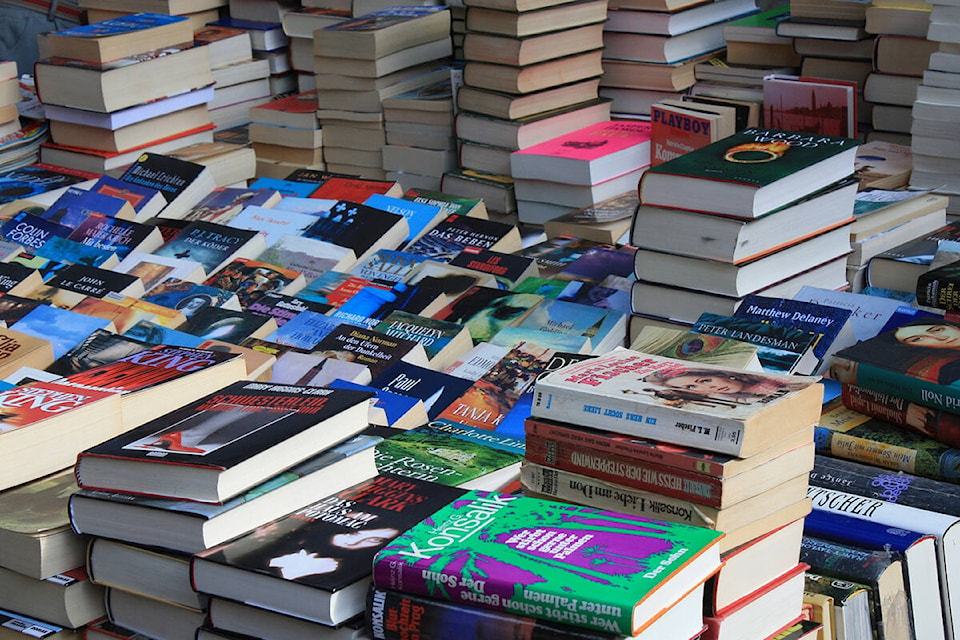From Feb. 19 to 25, we celebrate Freedom to Read Week by advocating against censorship and for intellectual freedom.
Children’s literature in particular is often challenged in the name of protecting a child’s safety or preserving their innocence.
In 2019, Neil Gaiman’s juvenile fiction, The Graveyard Book, was challenged for its “graphic depiction of the murder of a child and his family.”
While it may stem from good intentions, when censorship serves as a shield to protect, it typically does the opposite. What children’s literature do we as adults censor from children, and why?
Perhaps the content is uncomfortable, unfamiliar, or differs from our beliefs.
But, does censoring literature prevent a child from experiencing its content in the outside world?
The juvenile nonfiction, Sex is a Funny Word, by Cory Silverberg has been challenged for “sex education (that) could lead children to want to have sex or ask questions about sex.”
While anatomy, consent, boundaries, sexuality and identity can be daunting to discuss, that negates neither their existence nor relevance.
When we can move past our fear, discomfort or bias, children’s literature that explores these topics provides children with the tools they need to make informed decisions in the future. It also minimizes the shame, stigma, misinformation and prejudice that often accompanies them.
In 2015, Jeanette Winter’s picture book, Nasreen’s Secret School: A True Story from Afghanistan, was challenged for “promoting a non-Christian religion and being too violent for young readers.”
Stories about hardships can be frightening, heartbreaking and enraging, but that is also the beauty of learning through literature. It allows children and families to navigate difficult and diverse topics in a safe space while providing endless opportunities for reflection, critical thinking, processing emotions, recognizing privilege, asking questions, and making connections.
Challenging stories also provide representation for children who have experienced adversity, which help children navigate their lived experiences and can provide comfort and validation in the knowledge they are not alone.
Daniel Haack’s picture book, Prince and Knight, was challenged in 2020 for featuring a gay marriage and 2SLGBTQIA+ content.
Diverse stories help children practise empathy, open-mindedness, and recognize and celebrate each other’s differences.
While shielding children’s literature from a child does not prevent them from experiencing hardship or diversity in the world, it does prevent them from gaining perspective, preparedness and knowledge.
As author Brené Brown implores – “prepare your child for the path, not the path for your child” – what better way to do so than by sharing with children literature that holistically reflects and informs them of their world.
See our library display of challenged children’s literature and visit orl.bc.ca to participate in our Freedom to Read: Trivia challenge, Feb. 6 to 28.
Stephanie Miller is an assistant community librarian at the Summerland branch of the Okanagan Regional Library.
